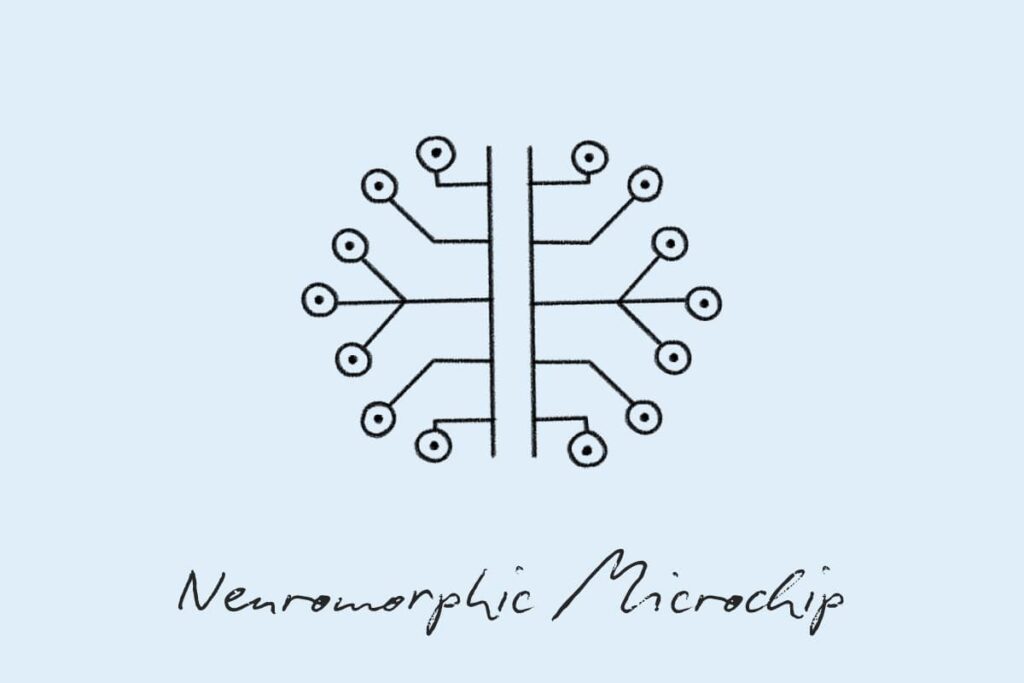Today, Meteca’s blog focuses on one of Intel’s most important innovations, the asynchronous chip. Thanks to a news article on dday.it, we’re going to talk about Loihi 2, the neuromorphic chip that works like a human brain.
It all began when Intel bought the startup, Fulcrum Microsystems in 2011. The Intel and Fulcrum team are now experts in what is called neuromorphic computing architecture, an architecture that seeks to emulate the functioning of the human neural system through normal transistors. The first processor designed by this group of academics, Loihi, was launched in 2018. A few days ago, however, Loihi 2 was announced.
Before we discuss it, however, we must open a brief parenthesis on neuromorphic computing – and on the difference between asynchronous computing and synchronous computing . These two concepts are constantly present in our daily actions. A practical example is the ability to click on the items or drop-down menus of a web page even while the images are still loading: websites are managed, therefore, asynchronously – because you can interact with them without having to wait for all of the elements to be displayed by the user.
The processors, however – as well as artificial intelligence, computer vision, speech recognition – work synchronously, since there is a set of strict instructions and an order to follow.
At the presentation of Loihi 2, an even more fitting example was made, namely the comparison between the brain of a parrot and that of a drone. The parrot’s brain works asynchronously because it quickly receives stimuli and reacts immediately – by changing the speed of flight, by changing direction, by avoiding obstacles, etc. – while burning very few calories. The brain of the drone, on the other hand, executes a fixed set of instructions in a predetermined and non-modifiable order: it is not very flexible and subject to high consumption.
The drone, in essence, would need the brain of a parrot.
Yulia Sandamirskaya, research scientist at Intel Labs in Munich, said that the increase in the complexity and accuracy of machine learning models is directly proportional to the demand for resources. The more the model is trained, the greater the consumption, until it becomes unsustainable. Therefore, we need neuromorphic computing: the processor of the future does not need billions of transistors, but millions of neurons.
Loihi 2 is a neuromorphic chip of only 31 mm² but it has more than 1 million neurons and is already used in various universities and research centres with very positive results. Although we are talking about neurons, there are still transistors inside the chip. The different nomenclature was desired by Intel itself because the neuromorphic chip works just like the human brain (which uses neurons, signals, impulses, etc.).
Furthermore, each neuron has a small amount of cache: there is no single central memory. And, just like in humans, every single neuron of Loihi 2 can be programmed to work on two tasks simultaneously, asynchronously.
What do you think of Intel’s latest innovation? To find out more details and to discover Meteca’s offer, contact us.
